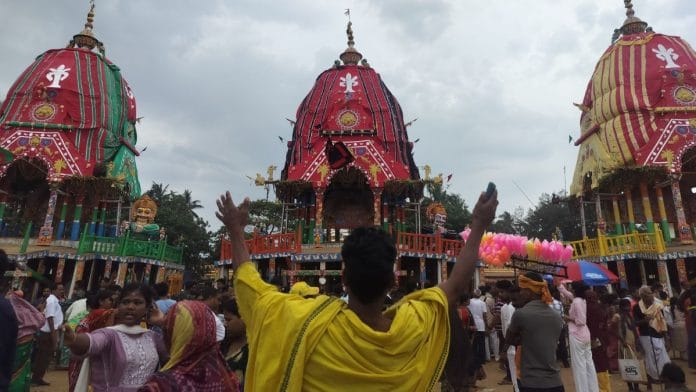Puri: Pandit Singhari needs divine permission from Hindu deities Loknath, Lakshmi, and Kuber before he can enter the Ratna Bhandar or the treasury of Shri Jagannath Temple in Puri. The gods have to be dressed, pujas have to be performed, and snake charmers have to be deployed to appease the serpents believed to be guarding the treasure.
“There is way too much to do, and almost no time to do it,” said Singhari, who was part of the 16-member committee.
The Ratna Bhandar, last opened in 1985, has not been inventoried since 1978. But now it is set to be reopened on Sunday for itemisation of valuables and repair works following recommendations from a state-appointed committee chaired by retired Justice Biswanath Rath of the Orissa High Court. Puri District Magistrate Siddharth Swain confirmed the treasury will be opened on Sunday although he did not say at what time.
The cache of diamonds, gold ornaments, and precious stones including betel leaf-shaped beads will be recorded and likely valued.
It’s a momentous occasion—a culmination of a longstanding demand of servitors and the temple management committee. The Bharatiya Janata Party, which ended Naveen Patnaik’s 24-year reign in Odisha, turned the public demand into a poll promise. The mystery of the vault’s contents became Narendra Modi’s brahmastra in the campaign; he even accused Patnaik of sending the missing keys of the Ratna Bhandar to Tamil Nadu, a dig at the former CM’s aide and former IAS officer VK Pandian. “Even Jagannath Mandir is not safe under BJD rule,” Modi said at a rally in Cuttack in May. Rumblings over the misuse of wealth of Jagannath temple in Puri, one of the four dhams (abodes) of Hindu gods, grew louder and louder.
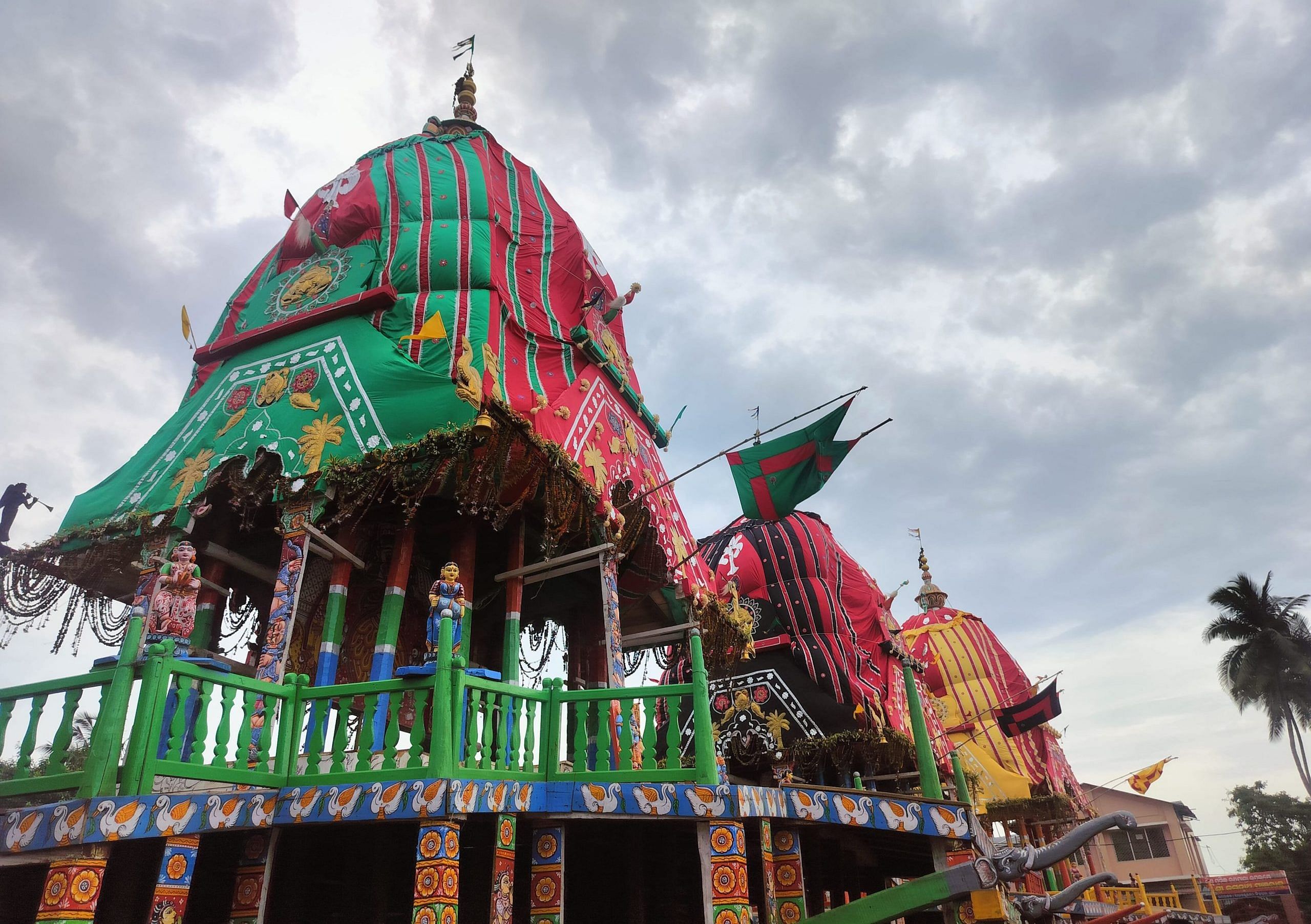
“The Ratna Bhandar issue cost Biju Janata Dal the seat of Puri, which is the cultural power capital of the state of Odisha,” a researcher, who has authored two books on the Jagannath temple, said requesting anonymity.
Now, the BJP is fulfilling its promise, and in doing so is banking on a surge in Hindu pride not just in Odisha but across the country.
It’s not just state politics that drives the decision to open the treasury. Hindu temples sit on a mass of wealth, and their treasures are a physical manifestation of the age-old abstract idea of ‘sone ki chidiya’ or ‘golden bird’. The World Gold Council estimates that India’s Hindu temples’ wealth is a staggering $160 billion.
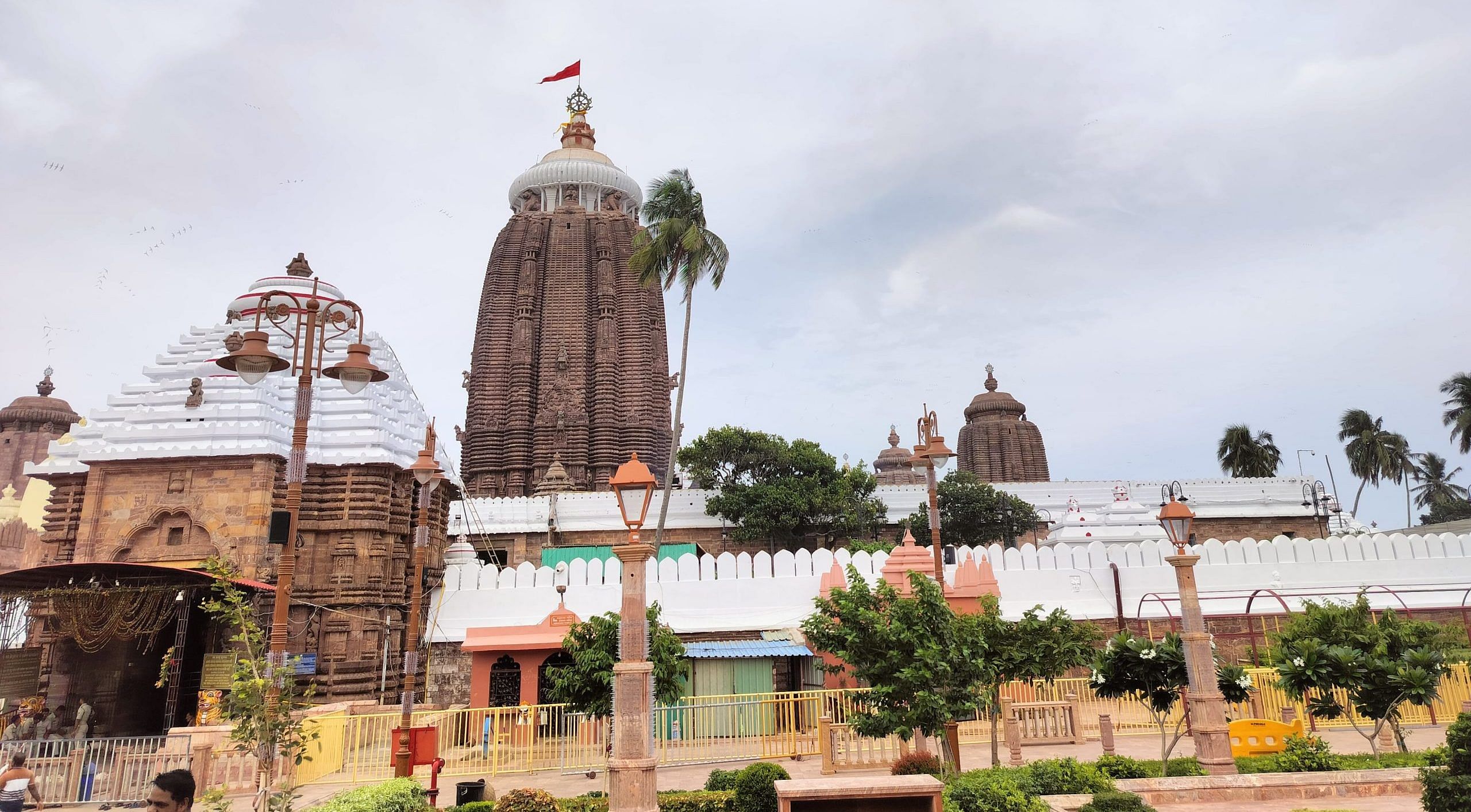
“The Hindu history of the past 1,000 years has been one of loss; there is a sentiment of loss among Hindus. And these treasures are the community’s great surviving treasures,” said Priyanka Narain, author of The Somnath Cipher and From Godman to Tycoon. “The physicality of these treasure chambers is testament to India’s past greatness.”
The god of poor
During the Rath Yatra, Puri is in a mood of celebration. Devotees eagerly jostle to enter the Gundicha mandir to receive Lord Jagannath’s blessings — traditionally bestowed through two slaps on the back with a stick.
Small roadside concerts have swept the city with people singing hymns and prayers.
Some devotees in Puri, however, do not want the temple’s wealth to be quantified.
“They should open the bhandar, conduct necessary repairs, and leave. We don’t have the right to see the jewels in possession of Jagannath ji,” said Balram Mohanty, a visiting devotee.
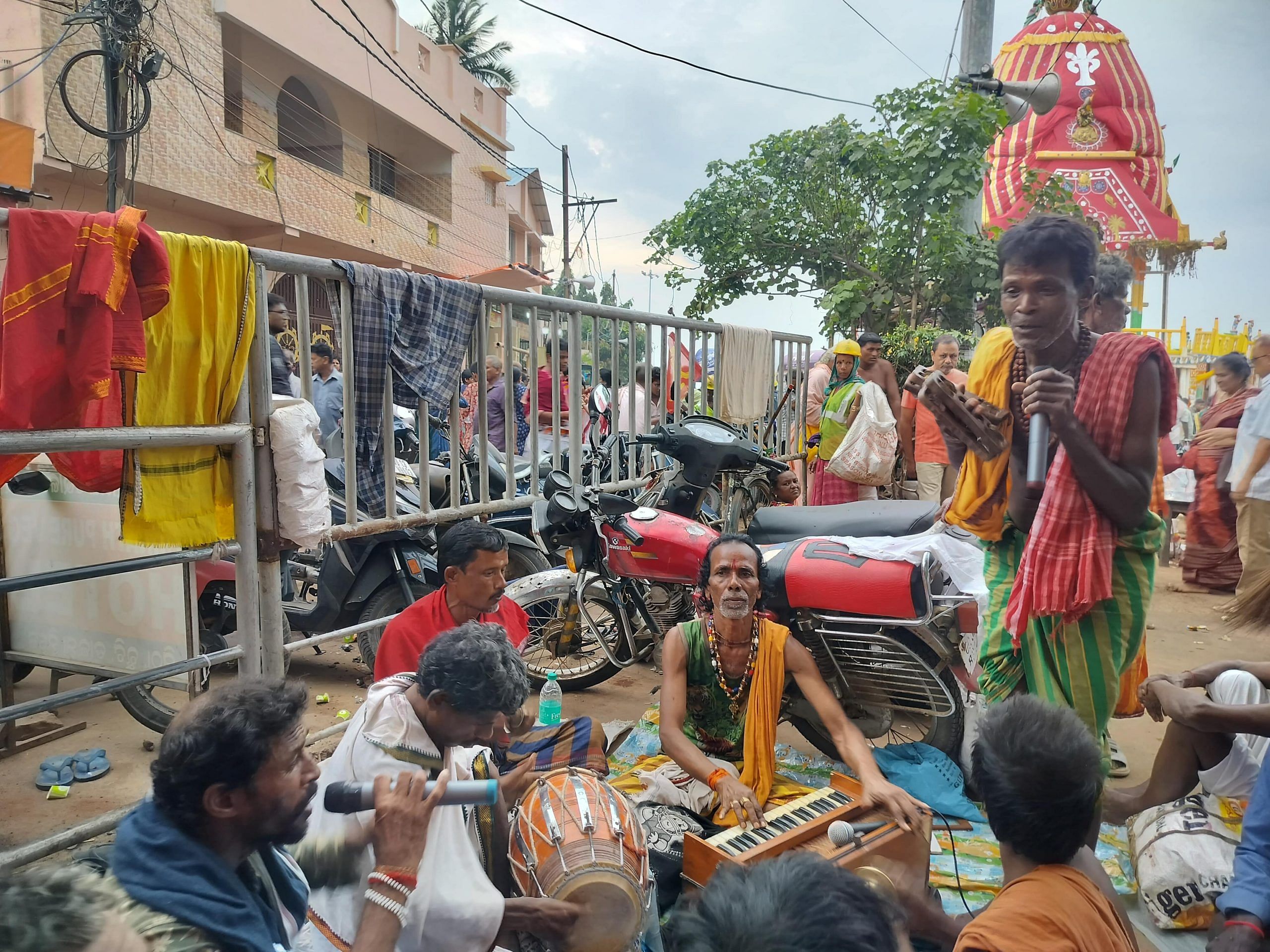
Given the sensitive nature of the matter, many remain tight-lipped. Inside the Jagannath Puri temple, where proxy deities are placed during the Lord’s visit to the Gundecha temple, priests speak in disgruntled tones. “The government says they will open the vault? We’ll see how,” one priest of the Jagannath temple said.
The Jagannath Puri treasury is divided into two sections: the bahar bhandar and bhitar bhandar (outer and inner vaults). While jewels from the outer vault are used regularly in rituals and during festivals, the inner treasury remains untouched.
Anytime before 15 July is the perfect time to open the inner treasury without disruptions, said a priest, noting theJagannath Rath Yatra currently underway.
The Record of Rights, prepared under the Puri Sri Jagannath Temple (Administration) Act 1952, lists the temples’ valuable jewels and gold ornaments. It states that the Ratna Bhandar’s outer vault contains 150 types of jewellery and ornaments used to adorn the deity. The inner vault, which will be opened on Sunday, reportedly contains 180 types of gold jewellery, including 74 varieties of pure gold ornaments, some weighing over 100 tolas.
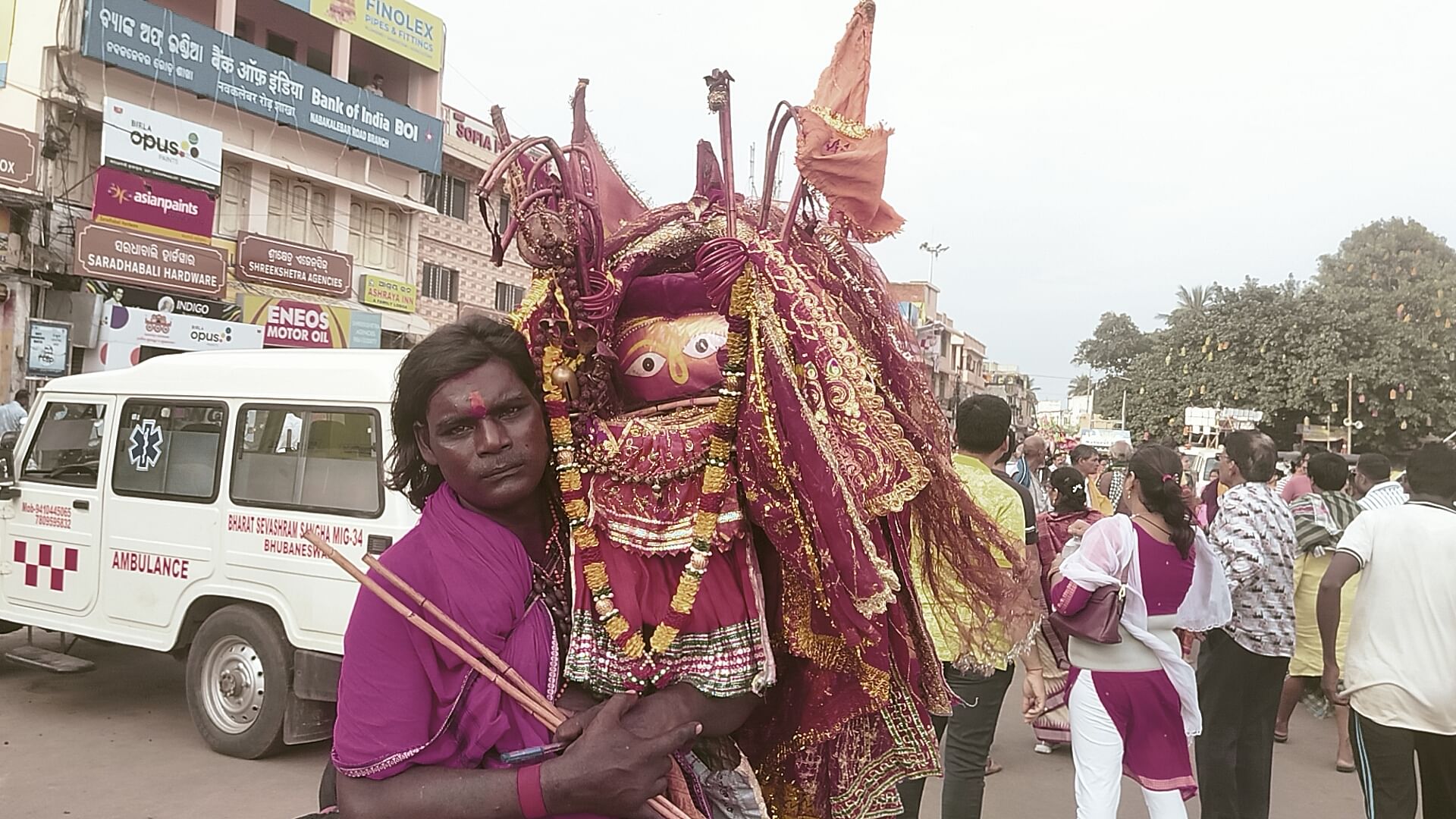
The rare jewels in the inner vault are studded with diamonds. “Besides a solid diamond weighing 10 bharies (58 carat) 11 pieces of nayak diamond in a necklace with betel leaf- shaped beads in the jewelled chita small and big sized diamond buds, shark –faced bangles, alaka studded with diamond, other ornaments like chandra –jumphi, armlets and sarpech or aigrette (ear ornaments) are also found studded with diamonds,” an article in the Odisha Review states.
Despite this documented wealth, a member of the temple’s management committee advises against expecting riches similar to those of the Padmanabhaswamy temple in Kerala.
“Jagannath is the god of the poor. The usual visitors here are not India’s affluent, but the poor from Odisha and Bengal. We don’t get the kind of donations the other big temples do,” the member said. The temple’s daily average collection is around Rs 2 lakh. The member said no gold ornaments are donated at Puri either. For reference, the Venkateswara Swami temple in Tirupati, Andhra Pradesh, received 1031 kg of gold donations in 2023.
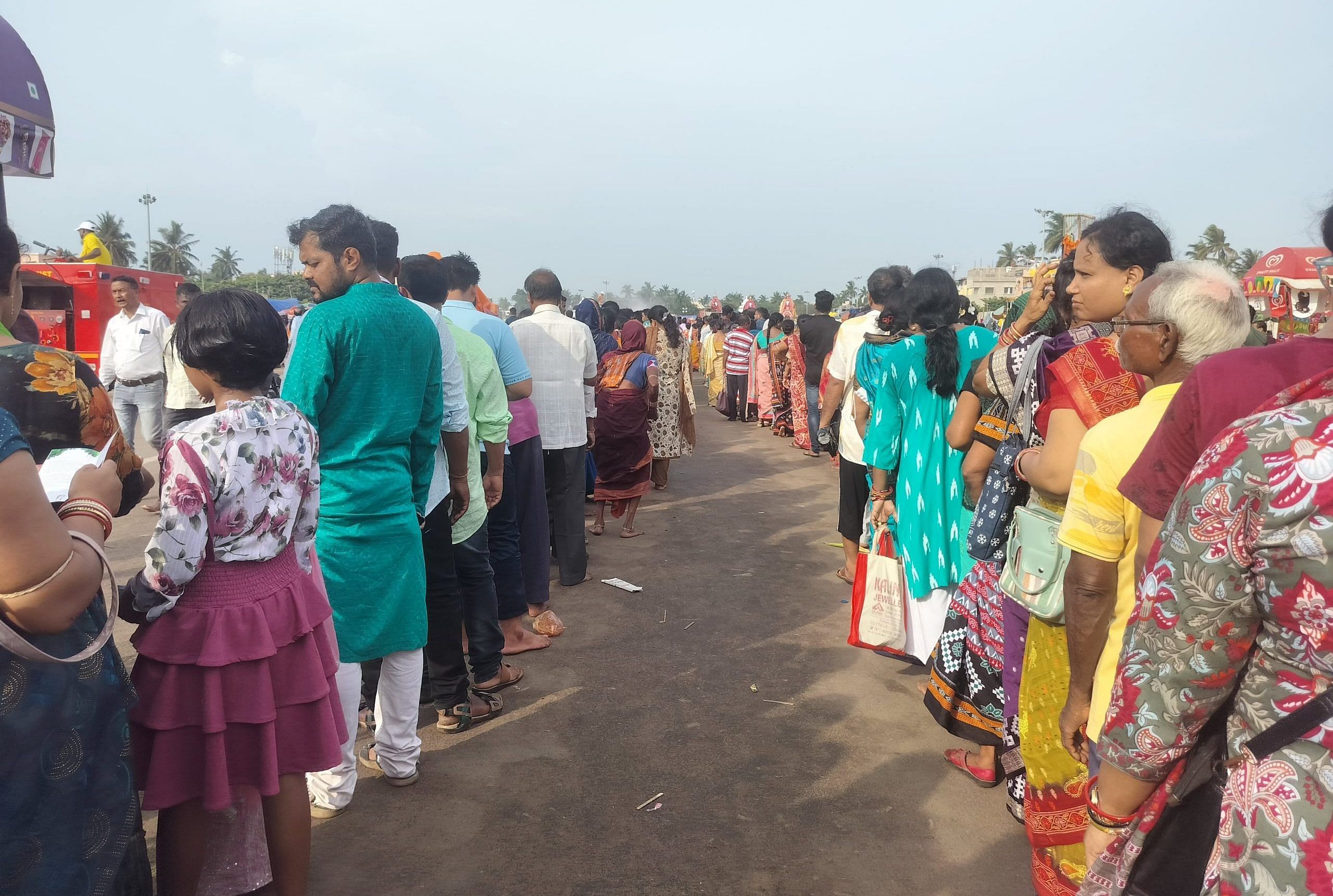
The bhandar
The Jagannath Puri temple has been plundered 18 times, according to various research papers, including one by the Odisha government. Time and again, the servitors shifted the deities in order to safeguard them, and worshipped them underground before consecrating them at the Puri temple again.
Authors express a certain pride in keeping the Jagannath Puri temple safe through two centuries of looting and plundering by various dynasties.
The ratna bhandaar was established 900 years ago by King Angabhima Dev, who is believed to have donated 2,50,000 ‘madhas’ (1 madha =5.8319 grams) of gold to prepare ornaments for the deities. The Gajapati kings who ruled over Odisha in the 15th century also donated various gold ornaments and items.
In 1466, Kapilendra Dev, who had captured Southern states, brought back gold on 16 elephants. As many as 138 types of gold ornaments studded with jewels were crafted out of the said wealth and jewellery that he had brought from the south, the article states.
These jewels were used until as late as 1893.
Elephant lore is deeply connected to the Ratna Bhandar in popular imagination.
“The story is that when the temple was looted on the orders of Aurangzeb, so many jewels were put on the backs of Elephants that the gajas couldn’t even walk because of the weight,” a researcher said.
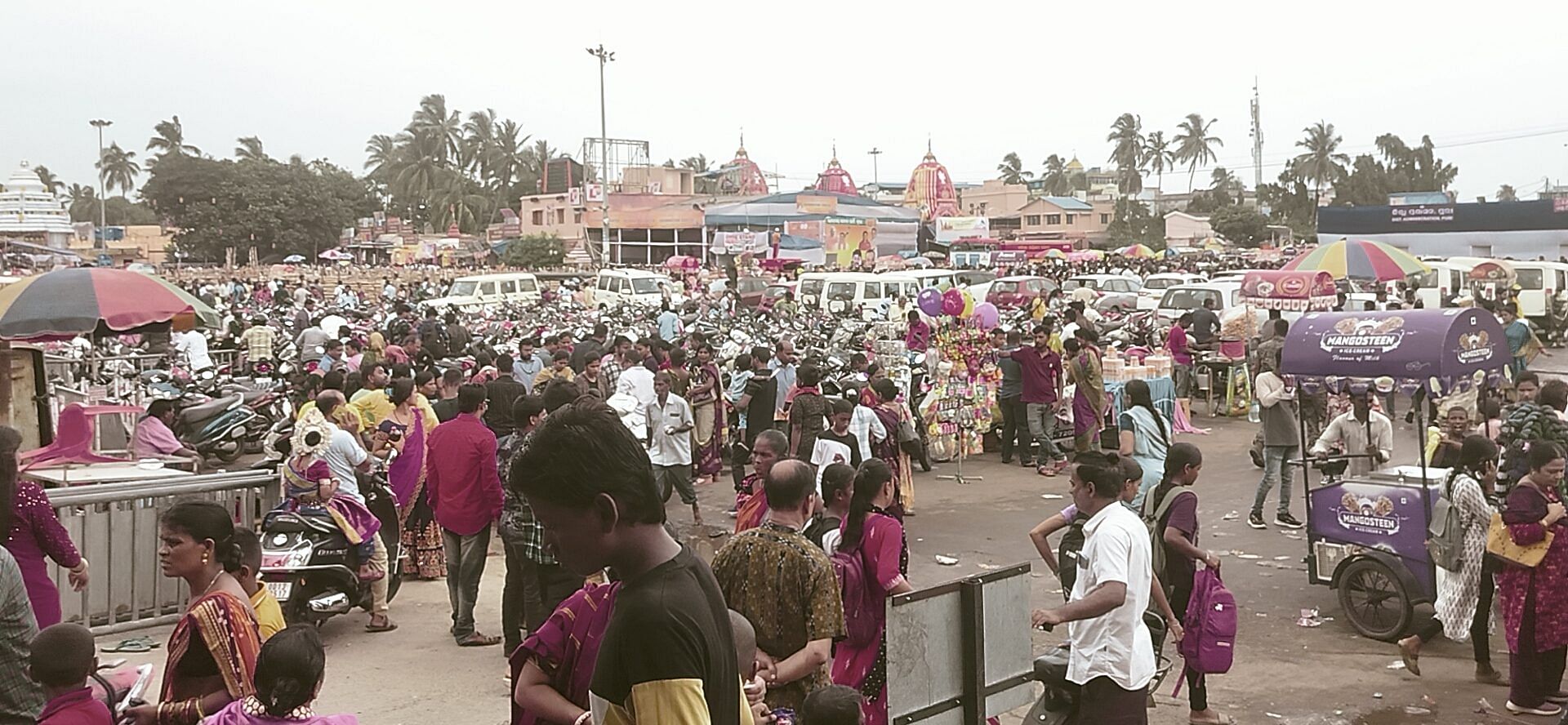
The British also audited the riches kept in the Ratna Bhandar. Charles Gromes, the collector of Cuttack in 1805, prepared a detailed report on the revenue and expenditure of the Jagannath Puri temple. The report was prepared two years after the British took over Orissa in 1803. According to Gromes’ list of valuables, the treasure vaults contained a total of 17,331 items (as calculated by ThePrint from the breakdown of the list), including crowns, earrings and ornaments for waist, gold necklaces, thalis and flowers, petticoats, sarees and other clothes.
The audit revealed several valuable items were missing from the Bhandar. “It is worth mentioning that 1000 Ramabhisheka gold coins which were donated by king Rama Chandra Dev (Ist) were not found in the Ratna Bhandar. These were plundered from the Ratna Bhandar during several attacks made on the temple,” the article states.
There are fears that in the last 50 years, some jewels might have been stolen.
The curious case of keys
In April 2018, a 16-member committee dressed in loin cloth and wearing oxygen masks went to check the inner vault of the Jagannath Puri temple. But they never went inside. The keys to the bhandar, last opened in 1985, were reported missing.
The Puri Royal family, the Puri collectorate as well as the management committee are supposed to possess the keys to the inner vault. In 1963, the royal family had to surrender its keys to the state treasury.
In 2018, the keys were re-discovered in the collector’s office. Officials told ThePrint that the copy of a key is in fact in the office.
In June that year, the Pattnaik government ordered a judicial probe into the placement of the keys. The committee led by retired high court judge, Justice Raghubir Das, submitted a 324-page report but the contents of it were never made public.
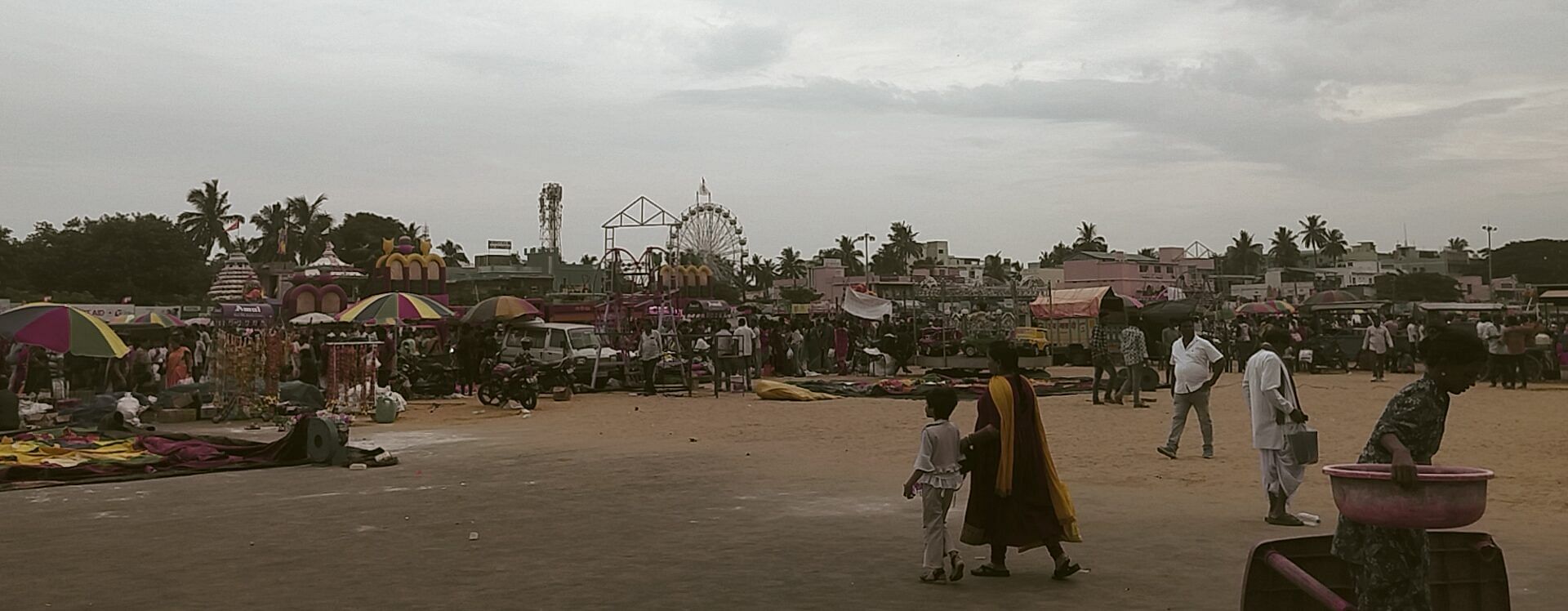
The missing keys have created a lack of trust among people over the management of the Puri temple. Wealth of Hindu temples in India is a sentimental issue. A Manhattan-based art dealer, Subhash Kapoor, was implicated in stealing $100 million worth of antiquities from unguarded temples across India.
In makeshift tents near the Gundicha temple sit Puri district’s top administrators, including the District Magistrate and the Superintendent of Police. Thousands of devotees have poured into the temple town to pay respects to Lord Jagannath, Balbadhra, and Subadhra. Singers and dancers have set up stages near the temple and sing bhajans all day to the tune of harmonium and tablas, and buy handlooms and furniture at the fair near the temple.
“Why open the vault? Loknath ji might get angry. There are snakes guarding the vault,” a devotee from West Bengal said. Pandit Singhari assures that the worship of Loknath before the opening of the vault will put all fears to rest.
“We won’t do anything without god’s permission,” he said.
(Edited by Prashant)



